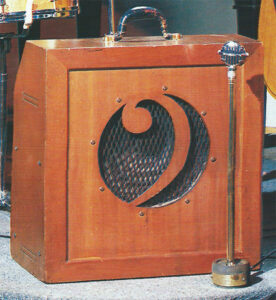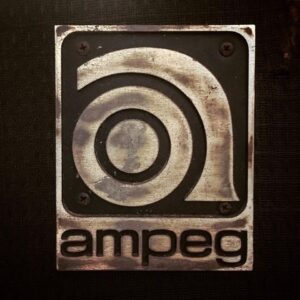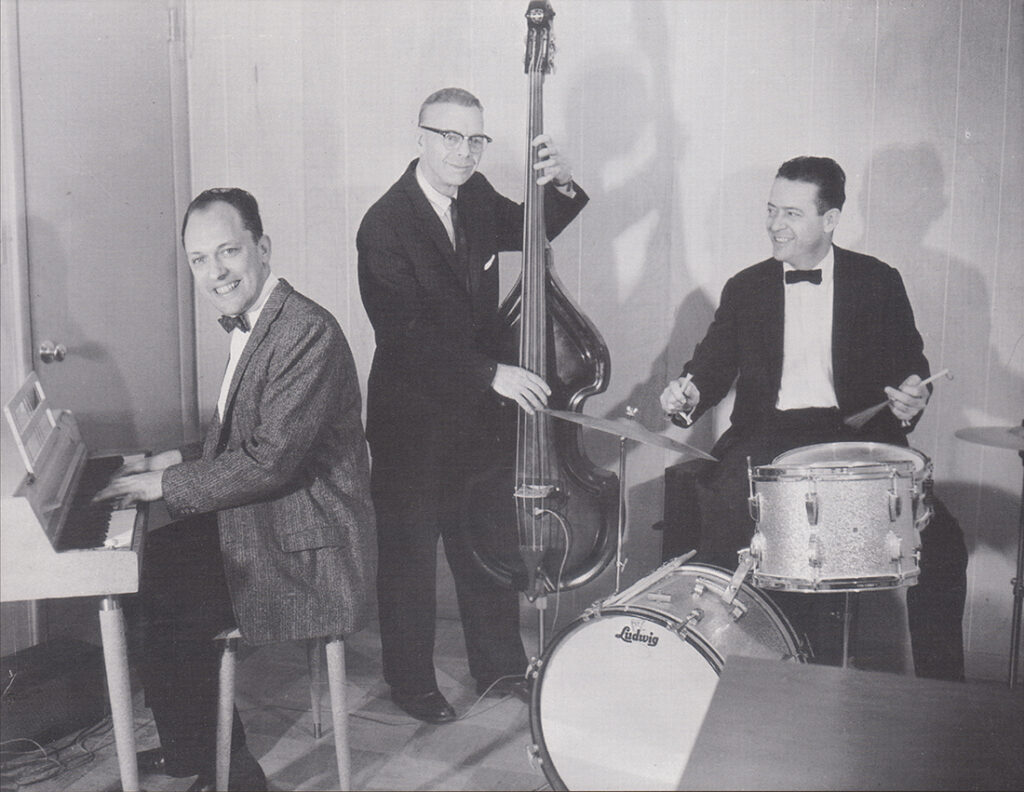NEWS
A Lot Can Happen In 75 years!

By: Dino Monoxelos
Ever since the earliest known early humans banged two rocks together to communicate amongst themselves, the need for sound, specifically being able to produce, low, guttural vibrations that could be felt, more than heard has been needed. We obviously know it probably took several million years for that sound to develop into what we now consider music. But, consider this if you will, the first known music stems back to approximately 1500BC. So from this we can estimate that actual “music” has been around for roughly 3500 years. Out of that 3500 years, “bass” instruments have been around since the 1400s which brings us to about the last 624 years of actual bass.
Now taking this one step further with Ampeg celebrating our 75th Anniversary this year, we can say that we’ve been innovating and developing bass amplification for approximately 12% of that time. I know… This was a pretty long-winded way of getting around to me saying “hey… Ampeg is celebrating its 75th year of being a “bass amp” company!!! But hey, you got a bit of a history lesson out of it, didn’t you? You’re welcome… I hope!

Speaking of history… Let’s talk about Ampeg history! (Cough… cough… Segue) So first off, even though some of the first Michaels-Hull amplifiers and the first “amplified peg” were introduced more than 75 years ago, the Ampeg Bassamp Company was officially incorporated in 1949, thus making 2024 our 75th year officially as Ampeg.

A lot can happen to a company in seventy-five years. Six changes in ownership, even more in changes of geographical locations of main offices and factories. Changes in management, leadership and personnel. Changes in products, development and marketing. Heck, just look at how many iterations there are of the Ampeg logo and script fonts used to spell our name. Even changes in how our amps look! How many times have you heard the question of what era of Ampeg is cosmetically your favorite? The “blue diamond cheque” of the 50s and 60s? Or how about the blue and silver grilles of the 70’s and 80’s which we now refer to as the AV (short for anniversary) cosmetics. And of course the latest Classic look with the “black with white piping?” Believe me, it’s a lot to keep track of and even harder to appease so many different fans of so many different eras of Ampeg.
But one thing will always remain constant and unwavering…. Ampeg’s commitment to innovating and developing the very best in bass amplification and what we like to call “bass solutions.” Because lets face it, not all bass players are looking for a bass amplifier. In today’s world, whether it be live, studio, or simply practicing in your bedroom, there is a myriad of needs for bass to be heard and felt, and not necessarily with an amplifier. And not all players looking for a way to amplify their “bass” are bass players. (Wink wink)


So from the first time our founding father Mr. Everett Hull developed the “amplified peg” by installing a microphone on the endpin of his upright bass, all the way through the innovation of the “flip-top” B15 and the earth-shattering SVT, we here at Ampeg will always have your bass interests in OUR BEST interests. Even one of our old ads slogans used to say “designed by musicians… FOR musicians.” And speaking of ads… (another segue coming up…) the Ampeg ads over this past seventy-five years have been priceless. We hope you enjoy this small montage of ads that we’ve put together for you. These are just a few of some of the ads found in the Ampeg archives. If you want the full monty of ads, along with the complete story and amazing photo journal of the history of Ampeg, please be sure to check out this book… Ampeg – The Story Behind The Sound by Gregg Hopkins and Bill Moore (Hal Leonard)

Dino has spent over 25 years in the Ampeg world conducting seminars and clinics all over the globe. He’s also the author of four instructional bass books by Mel Bay and his own publishing company, MonoTunes Music. His favorite bass to play is his MTD 534-24.


Leave a Reply
You must be logged in to post a comment.